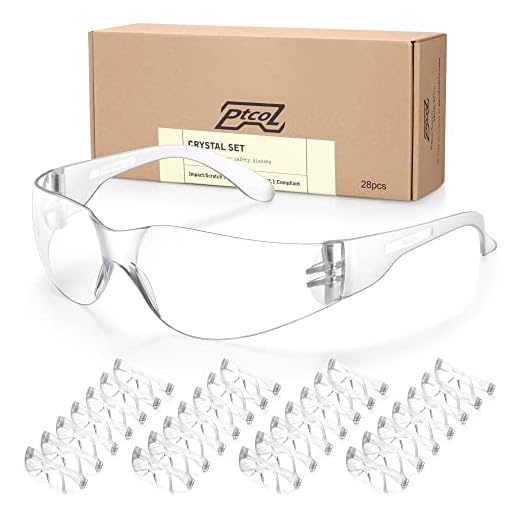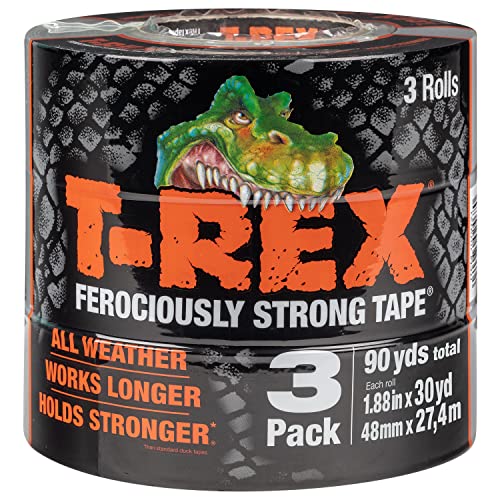
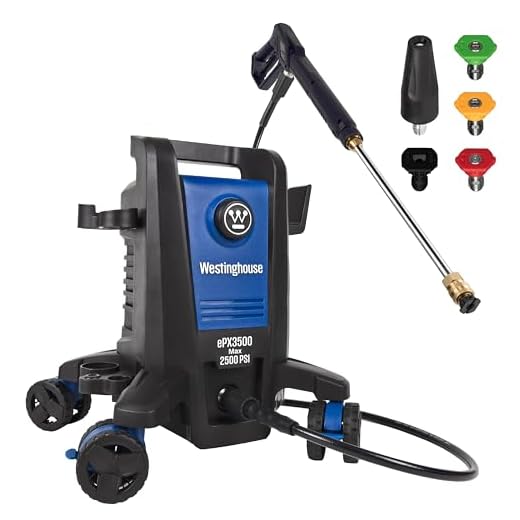


Start with a solid understanding of the machine’s specifications. Select the appropriate nozzle based on the task; a 25-degree fan spray works well for general cleaning, while a 0-degree nozzle targets tough dirt and grime with precision. Always test the spray at a safe distance to avoid damage to surfaces.
Ensure the equipment is set up on a stable surface to prevent any unwanted movement during operation. Prior to beginning, check connections and hoses for any leaks or damages. Maintaining a clean, unobstructed area allows for maximum operational effectiveness and reduces the risk of accidents.
When engaging the device, maintain a consistent distance of approximately two feet from the surface being cleaned. This distance helps to avoid unintentional damage while ensuring that stubborn stains are effectively removed. Move the nozzle in a sweeping motion for uniform results, which prevents stripping and ensures a thorough clean.
Utilising the right detergent can significantly enhance results. Choose a product specifically designed for the type of surface you’re working with, and apply it according to the manufacturer’s instructions. Allow the cleaner to dwell for a few minutes but do not let it dry completely before rinsing.
Finally, always follow safety precautions. Wear suitable protective gear, including gloves and goggles, to shield from debris and chemicals. Regularly inspect the equipment for any wear and tear, and perform maintenance as required to extend its lifespan and retain performance.
Selecting the Right Equipment for Your Task
Choose an electric model for smaller jobs like cleaning patios or garden furniture, as these are lighter, quieter and easier to operate. Opt for a unit with at least 1300 to 1600 PSI for effective dirt removal without damaging surfaces.
For larger projects, such as driveways or decks, a gas-powered alternative is preferable. These units typically deliver higher pressure, often exceeding 3000 PSI, ensuring deeper cleaning. Ensure to check fuel capacity and runtime to prevent interruptions.
Consider Your Cleaning Needs

If you plan to work on vehicles or delicate surfaces, select a machine with adjustable pressure settings. Models with interchangeable nozzles provide versatility, allowing you to customise the spray for different tasks.
When tackling stubborn grime, a model that supports detergent application is beneficial. Detergents enhance cleaning effectiveness, especially on tough stains, so look for features that allow easy mixing and application.
Evaluate Portability and Storage
Weight and size matter, especially if you need to transport the device frequently. Compact designs with integrated wheels simplify movement and storage. Make sure the cord length and hose reach your intended areas without strain.
Lastly, check for warranties and customer support options. A reliable brand offers peace of mind and ensures assistance if you encounter issues.
Preparing the Area for Cleaning
Clear the vicinity of any obstacles. Move furniture, pots, and decorations to prevent damage and ensure full access. Items should be relocated at least a few metres away from the working zone.
Secure nearby plants. Use tarps or plastic sheets to shield them from potential water and detergent harm. This precaution preserves your greenery while ensuring effective cleaning.
Check for electrical outlets and fixtures. Ensure that they are protected from water exposure. Consider using waterproof covers or relocating items if necessary.
- Eliminate loose debris: Sweep away dirt, leaves, and other materials that could interfere with your task.
- Inspect surfaces: Look for cracks or loose paint that could worsen under high-pressure streams.
- Identify specific stains or areas needing extra attention: This helps target efforts more effectively.
For safety, wear protective gear. Safety goggles, gloves, and closed-toe shoes reduce the risk of injury or discomfort during the procedure. If working with cleaning agents, ensure proper ventilation in the area.
Mix cleaning solutions correctly if required. Follow the manufacturer’s instructions carefully to avoid damaging surfaces or failing to achieve desired results.
Utilise a test spot. Before applying any cleaning solution broadly, assess its effectiveness on a small, inconspicuous area. This illustrates how surfaces react and helps to prevent potential damage.
Understanding Nozzle Types and Their Uses
Selecting the right nozzle can significantly influence the results you achieve during your cleaning tasks. Generally, nozzles come in different shapes, sizes, and spray patterns, each suited for specific applications.
Flat Fan Nozzle
The flat fan nozzle is a versatile choice ideal for large flat surfaces like driveways and decks. It produces a wide, even spray pattern that efficiently covers broad areas. Adjust the distance between the nozzle and the surface to control the intensity of the spray, ensuring effective removal of dirt without causing damage.
Rotary Nozzle
For stubborn stains and heavy grime, the rotary nozzle shines. This nozzle delivers a concentrated rotating stream, breaking down tough dirt and mildew effectively. When tackling challenging spots, maintain a safe distance to avoid damaging surfaces.
Soap Nozzle
Utilise the soap nozzle, often characterised by a wider spray angle and lower pressure, for applying detergents or soaps. Emphasise the importance of allowing the cleaner to dwell on the surface for optimal results. Always rinse thoroughly after application to remove residue.
Be mindful of colour coding, as nozzles are often designated by different colours representing varying spray angles and pressure outputs. Understanding these properties allows for strategic choices tailored to each specific cleaning need. Adopting the correct nozzle is a vital step in achieving the best possible outcomes with your cleaning equipment.
Adjusting Pressure Settings for Different Surfaces
Begin with the lowest setting when tackling delicate materials, such as painted surfaces or plastic. A gentle approach prevents chipping or damaging the finish. For instance, at about 1000-1300 PSI (pounds per square inch), I safely clean car exteriors and outdoor furniture without risking harm.
Paving and Concrete
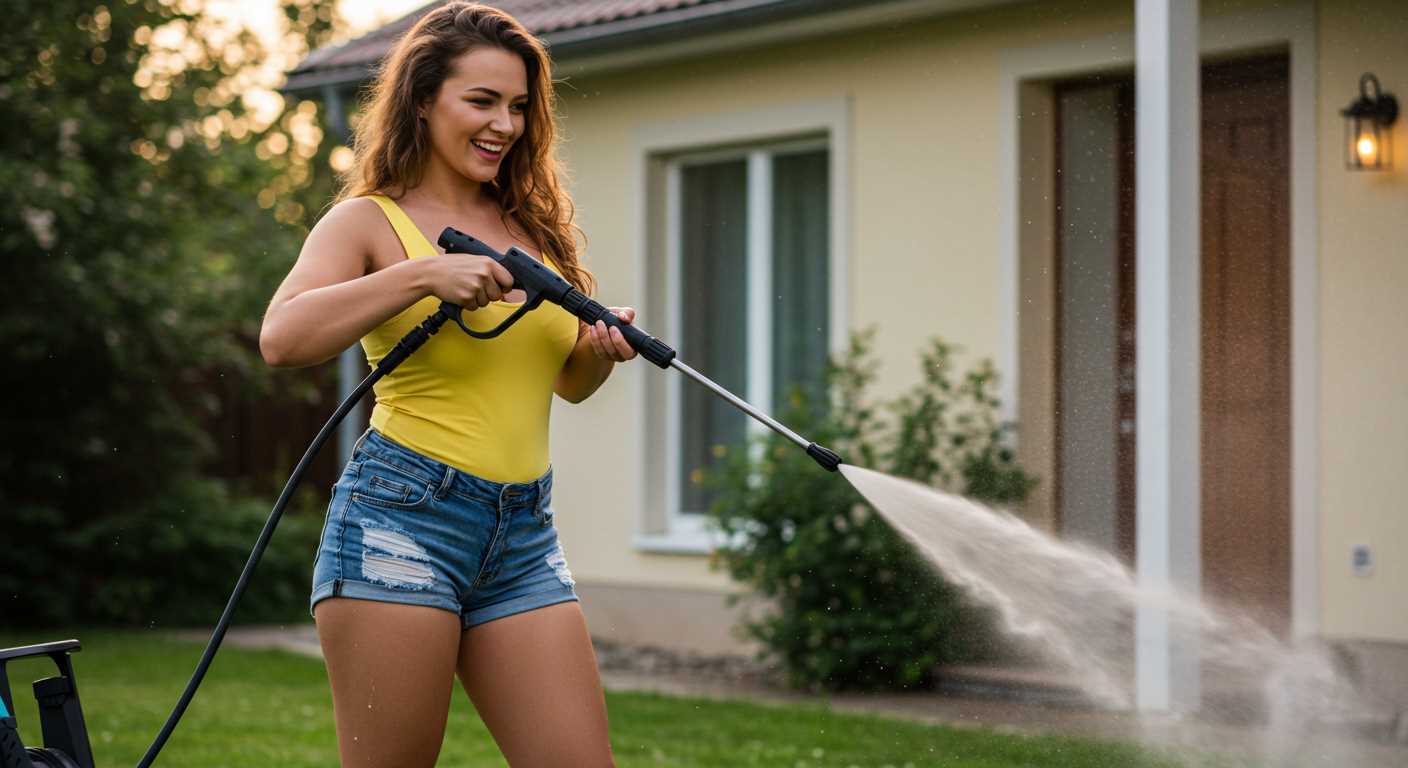
For tough stains on driveways or concrete pathways, increasing the intensity to around 2500-3000 PSI is prudent. This range effectively removes grease and grime. Maintain a distance of about 12–18 inches from the surface to ensure optimal cleaning without etching.
Wooden Decks and Fences
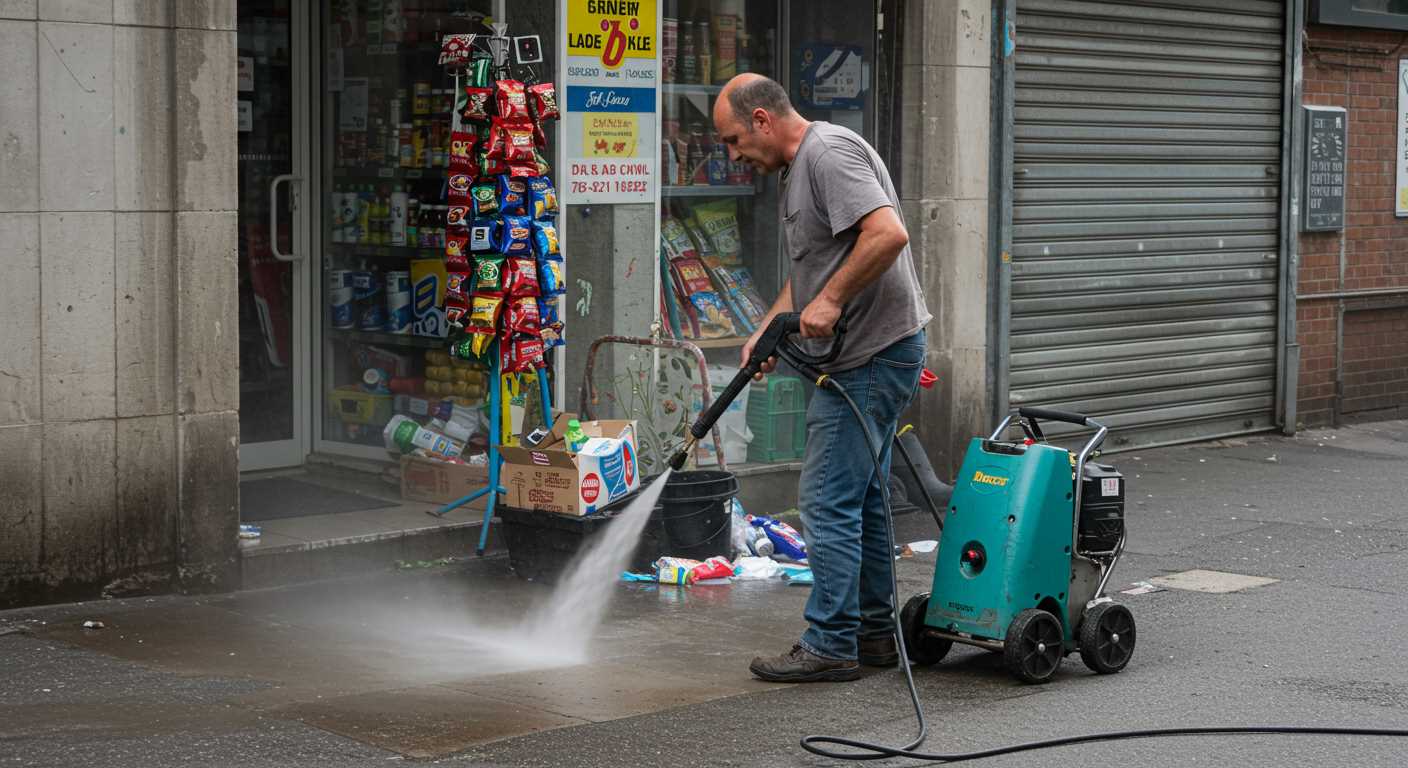
For wooden surfaces, I usually recommend 1200-1500 PSI. This pressure is suitable for cleaning fences or decks without stripping away wood fibres. Always test a small area first, adjusting the distance and angle to prevent any potential damage.
After adjustments, be mindful of the nozzle type as well. A wider spray angle can distribute pressure more evenly, protecting fragile surfaces while still delivering a thorough clean.
Always consider the specific surface material and its condition before determining the appropriate settings. Carrying out a test clean on a less visible area can help ensure damage does not occur.
Proper technique for applying washing methods
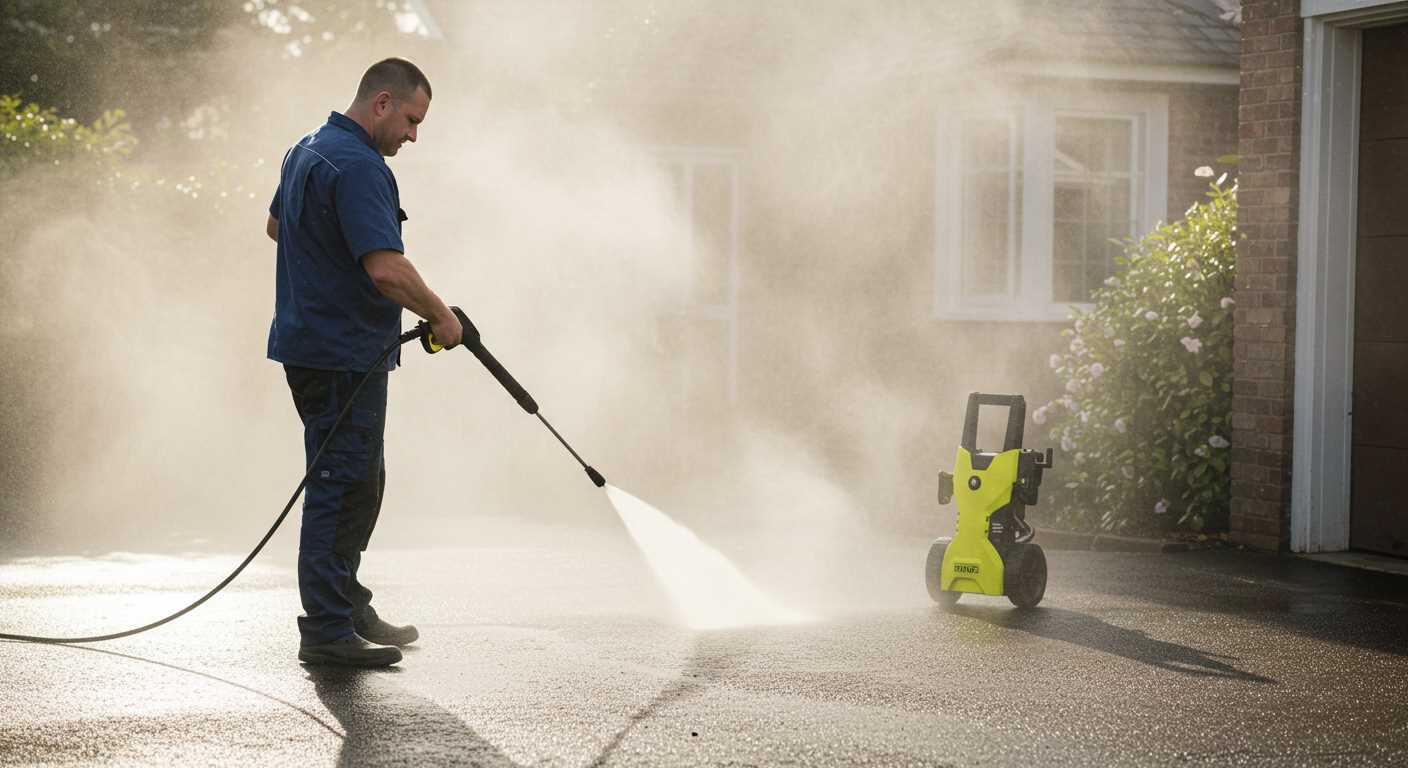
Positioning is critical. Maintain the nozzle approximately 12-18 inches away from the surface. This distance helps prevent damage while ensuring effective cleaning.
Always start from the top and work downwards. This strategy prevents dirt and debris from settling on cleaned areas. For vertical surfaces, use a consistent left-to-right or up-and-down pattern rather than random movements.
Angle and Motion
Hold the sprayer at a slight angle, typically around 30 degrees, towards the surface. This technique enhances cleaning power and minimises the risk of etching delicate materials. Ensure you move the nozzle in a sweeping motion to avoid concentrating on one spot for too long.
Sectioning the Area
Divide larger areas into manageable sections. Completing one section at a time ensures thoroughness and prevents uneven results. Mark boundaries with a simple outline, allowing for systematic progress.
For stubborn stains or heavy debris, pause briefly to let the water work its magic before continuing. Adjust your distance and angle as needed based on the surface condition, maintaining an adaptive approach throughout the cleaning process.
Safety Precautions While Using a Pressure Spray Device
Always wear protective eyewear to shield your eyes from debris and water spray. A face shield provides extra protection, especially when cleaning rough surfaces. Gloves designed for heavy-duty use are crucial to prevent skin injuries from high-pressure streams.
Ensure appropriate footwear is worn. Non-slip, sturdy boots help maintain balance on wet surfaces. Avoid open-toed shoes or sandals, which can expose feet to accidents.
Maintain a safe distance from the spray nozzle to avoid skin punctures. The force of a concentrated stream can cause serious injury. Keep the nozzle at least 2 feet from surfaces when cleaning.
Never aim the water jet at yourself, others, or animals. It’s easy to lose control, and unintended spraying could lead to severe injuries. Always direct the spray away from people and pets.
Verify that the area is clear of electrical hazards before starting. Ensure that all power lines, outlets, and electrical equipment are kept at a safe distance from the operating zone. Wet surfaces can conduct electricity, which heightens risk.
Use only equipment approved for outdoor use and check that hoses and connectors are in good condition. Leaks can cause loss of pressure and create slippery grounds. Examine the device for any signs of wear and tear to prevent malfunctions.
Disengage the trigger lock when not in active use. This prevents accidental discharge while adjusting or repositioning the device. It’s an easy step that can prevent unexpected accidents.
Have a first-aid kit readily available in case of injuries. Knowing where to find medical supplies can save valuable time should an accident arise.
Always read the manufacturer’s manual thoroughly. Each model may have unique safety features and operating instructions that are critical to your protection. Familiarise yourself with these guidelines before initiating any task.
Cleaning and maintaining your pressure washer after use
After finishing the cleaning task, I always ensure to follow a few steps for optimal care of the equipment. Begin by disconnecting the water source and power supply to prevent accidents. Next, release any remaining pressure by activating the trigger gun until no water escapes.
Flush the detergent tank with clean water, followed by running pure water through the machine for a minute or two. This step dissolves any residual soap that might clog internal components. For cleaning the filter, I detach it and rinse it under running water, ensuring no debris is left behind.
Inspect hoses and nozzles for wear and tear. If cracks or leaks are detected, it’s wise to replace them immediately to maintain performance. Store the nozzles in their designated holder to prevent dust buildup or damage.
Regularly check the seals. If any show signs of wear, they should be replaced to avoid leaks or pressure loss during future tasks.
For long-term storage, I ensure the equipment is clean and dry before placing it in a sheltered spot away from direct sunlight. This practice extends the lifespan of the unit considerably.
| Maintenance Task | Frequency |
|---|---|
| Rinse machine after each use | After every use |
| Inspect hoses and nozzles | Monthly |
| Clean or replace the filter | Every 3 months |
| Check seals for wear | Every 6 months |
| Store in a dry place | During off-season |
Following these steps ensures that my equipment remains in top condition, ready for the next task whenever called upon.
FAQ:
What safety precautions should I take before using a pressure washer?
Before operating a pressure washer, it’s important to wear protective eyewear to shield your eyes from debris and splashes. Consider wearing gloves to protect your hands from high-pressure water and cleaning chemicals. Ensure that you are wearing non-slip footwear to prevent accidents. It’s also advisable to check the area for any hazards, such as power lines or obstacles, and to make sure that children and pets are at a safe distance from the work area. Always read the manufacturer’s instructions before use to understand how to operate the machine safely.
What surfaces can I clean with a pressure washer, and are there any that I should avoid?
A pressure washer can effectively clean a variety of surfaces, such as driveways, patios, wooden decks, and vehicles. It’s particularly good for removing dirt, mould, and algae from these areas. However, not all surfaces are suitable for pressure washing; for example, delicate materials like old wood, some types of brick, and painted surfaces can be damaged by high-pressure water. It’s wise to test a small, inconspicuous area before proceeding with the entire surface. Additionally, avoid cleaning roofing shingles, as the high pressure can dislodge them or cause leaks. Always check the manufacturer’s recommendations for each surface type to ensure proper care.



